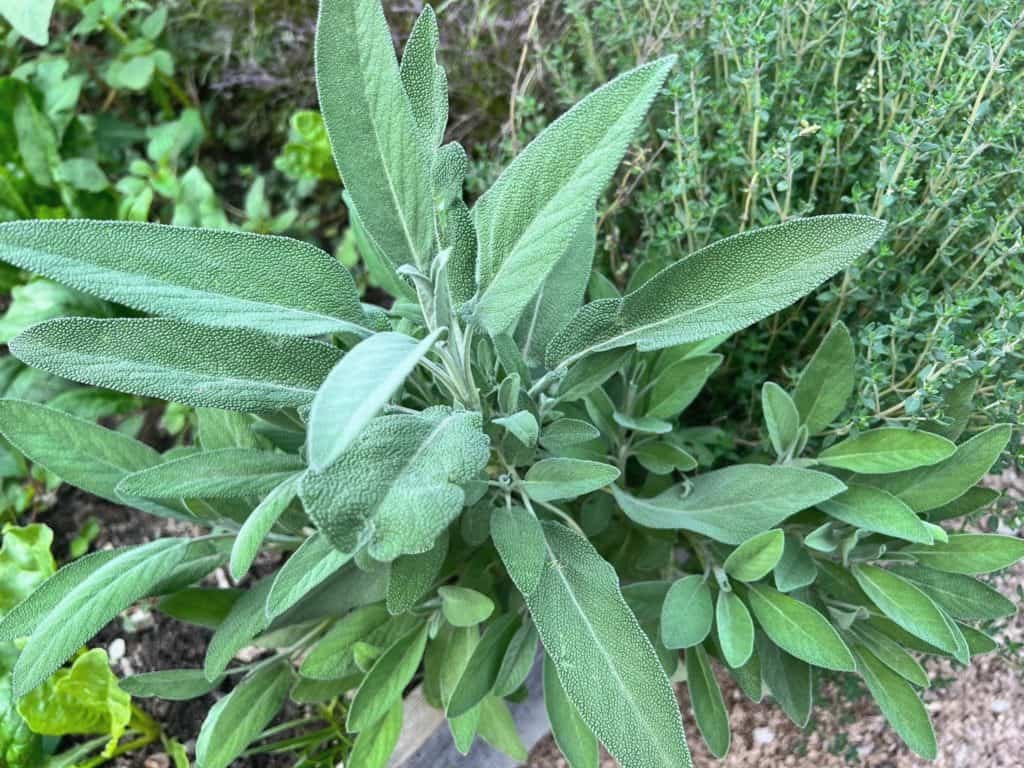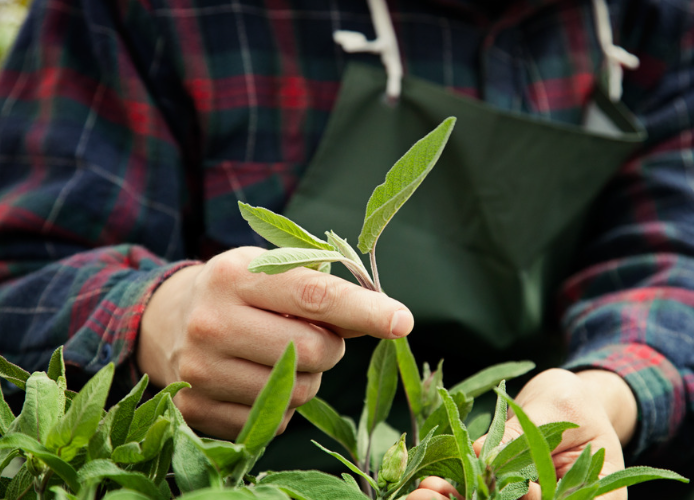Will Sage Survive Winter? Sage Hardiness Table

Sage (Salvia officinalis) is an edible form of sweet-scented salvias grown as ornamental borders. Up until recently, sage was a reliable perennial herb across most climates; however, as climate patterns shift towards wetter winters and drier summers, once-resilient plants like this one are becoming harder and harder to maintain.
Will Sage Survive Winter? We will look at conditions to monitor, how and when to prune sage plants and ways to ensure its survival during winter.
Will Sage Recover From Winter?
Sage is an extremely hardy plant, capable of remaining green through all four seasons and still producing fresh growth each spring if kept warm, watered and deadheaded throughout its winter rest period. If managed well it may even continue producing harvestable new growth right up until spring!
Outdoor sage plants follow their natural cycle and stop producing new growth while holding onto old leaves, which will eventually be pushed off by new shoots in spring.
Why Does Sage Die In Winter?
The primary causes for winter-killed sage include root and stem rot caused by improper pruning practices, with poor drainage being another contributing factor. To ensure your sage returns in Spring: For best results, plant with excellent drainage; do not prune in Fall/Winter, protect it from rain/hail/snowfall throughout Winter months (avoid overpruning); protect from rain/hail/snow fall as much as possible in Winter; follow these simple rules for overwintering it overwinter sage.

How to overwinter sage
Will Sage Survive Winter? Here some guide about how to overwinter sage follow these step given below!
Pruning
Pruning Sage should only be pruned in spring unless there are signs of diseased or damaged growth that needs removing. Pruning it during fall and winter could result in stem rot which won’t recover until next spring – leaving your plant vulnerable to serious infections.
Harvesting sage for cooking or drying should be carried out during spring or early summer to allow the plant time to regenerate, flower, and go into dormancy with its leaves intact.
Containers
Sage thrives with good drainage, so placing it in containers is the easiest way to guarantee its success through winter. Doing this also allows you to move it indoors or undercover for protection during periods of heavy precipitation, where temperatures may still remain slightly warmer compared with outdoor cultivation and reduces the chances of soggy, waterlogged soil being created by rainfall or snowmelt.
An ideal container for growing sage is a 10-inch clay pot filled with free draining soil mix formulated specifically for herbs and cacti; alternatively add plenty of perlite to regular potting soil for even greater drainage.
Don’t put in your plants without adequate drainage! When selecting soil mixes to use in containers for growing herbs such as sage it must also have sufficient drainage capabilities – choose either one specifically tailored towards their care or add plenty of perlite into regular potting soil to promote proper drained drainage system! WARNING: don’t use just any soil mix – ensure it allows maximum free drainage! chaudiere Drainage can become an issue quickly so choose a container with sufficient drainage options – otherwise potential problems arise! WARNING! Before planting you begin making decisions on size of pot chosen container must ensure adequate drainage from any container chosen planter when watering for example with potted plantations is important. For optimal success. For best results use either soil designed specifically designed for herbs/cacti, or add plenty of perlite into regular potting soil.
Drainage
GARDEN TRENCHED Drainage must also allow ample drainage of course! – add lots of perlite when added into regular potting soil is key! – drainage will be necessary otherwise for success
Sage is known to thrive in most mild and temperate regions; however, its hardiness becomes compromised when exposed to too much moisture or standing water.
Due to its use as both ornamental and edible plant, planting sage in regular garden soil is tempting; this creates an enclosed and humid space around it which traps moisture in its core. This in turn contributes to creating cold and damp environments within which other plants flourish – an unfortunate combination which creates cold conditions around sage plants that restrict its development as an ornamental species.
If you prefer growing perennial sage plants rather than containers, raised beds offer the best conditions. While raised beds have the tendency to dry out over time, we can use this feature to our advantage when growing moisture-sensitive herbs like sage and oregano.
Can You Harvest Sage In Winter?
Yes! Sage will continue growing through winter indoors or greenhouses where it receives 6+ hours of light per day, at temperatures over 60degF. Bring young plants indoors and keep them near a sunny window so you can harvest fresh herbs right up until Christmas Day!
Conclusion
Sage is an intriguing plant with Mediterranean influences yet remarkable adaptability for mild and cold climates alike. Although suited to hot, dry, free-draining conditions, it will survive even the harshest winter conditions, cropping continuously year-round if nurtured properly. Will Sage Survive Winter? Yes, sage will survive winter provided it is left alone to do its own thing and protected from wind or rain as much as possible.
Ciara Konhaus

I’m Ciara and I’m a gardener and agricultural educator in zone 6b. I’ve farmed and gardened all over the Appalachian mountains and love to empower people with the tools they need to start their own gardens.
